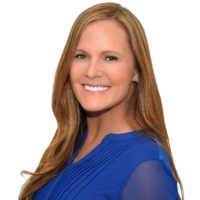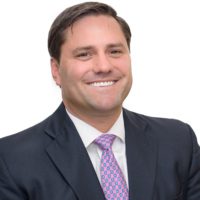6 Months Before Your Commercial Insurance Renewal
So, you’re an HVAC business owner, visiting an out-of-town relative for a wedding. At the wedding reception, you meet someone who says they need to upgrade their current HVAC sometime this year. Since they are out of state, you can’t help them, so you give them the honest answer, exactly what you would do if you were a homeowner and didn’t know any HVAC contractors in the area.
I mean, knowing what you know about the industry, you know exactly what to tell them and how to get the best value for their buck!
Well, that is what I want to tell you about your insurance, specifically your property & casualty insurance.
The first thing I would do is start looking 2 or 3 months before the renewal. You know, when you get bombarded with calls from insurance agents all saying the same thing: I have a great market, awesome customer service, let me quote your insurance and get you a better price.
Start earlier doing this: REVIEW YOU LOSS RUN REPORT 6-7 months before your renewal.
Here is what goes on behind the scenes. As an insurance agent quoting your insurance, I take all your information and submit it to the insurance carriers your drivers, payroll, vehicles, claim history, your experience modification rate. It’s data-driven and from a specific snapshot in time, right then.
That data specifically your claim history and experience modification rate can be wrong, or not up to date, and can hurt you. Your experience modification rate is typically calculated about 4-5 months before your renewal and is calculated by NCCI, an outside organization. Your experience modification rate is a factor applied to your worker’s compensation premium. If you have had losses greater than the industry average, it becomes a debit charge on your insurance premium. If your losses are better than the industry average, you will get a credit.
If you have an open claim with a reserve (money set aside by the insurance carrier, that may or may not be paid out in the future), that counts towards it. Now, the experience modification rate is technically calculated by taking the effective date of the policy, adding 3 months, less 2 years, to determine the end of the window, and then subtracting 3 years to determine the beginning of the window. Any worker’s compensation policies effective during that window, those claims are used in the calculation. So, most of the time, the worker’s comp claims from that period have been closed, but the insurance carriers still look at it.
Here is a real-world example. I met with the HVAC owner, and they wanted me to get him a quote on his insurance. His insurance was renewed in the next month. I took all the standard information, including his claim history (called a loss run report), and submitted it to a few insurance carriers. The insurance carriers looked at his losses, and along with other factors, they determined a quote. This business had three auto losses in the past 2 years. One accident happened about 8 months ago, they rear-ended another person. The insurance carrier had a reserve of $15,000 for this claim. It should have been closed months ago, but since they still had that open reserve, it increased the business loss ratio calculation, which increased their quote. And even if you have 3 different insurance agents quoting your insurance, they are all presenting the same data to the insurance carriers. But if his agent had reviewed this a few months ago, they more than likely would have been able to close the claim, and the $15,000 reserve would not be calculated in their loss ratio, resulting in lower quotes.
Bottom Line 6 months before your insurance renewal, review your claim history (Loss Run Report) with your insurance agent. Specifically make sure that with any open claims, the reserve is properly set, and not too high, or if it should be closed.










